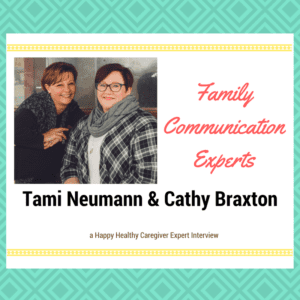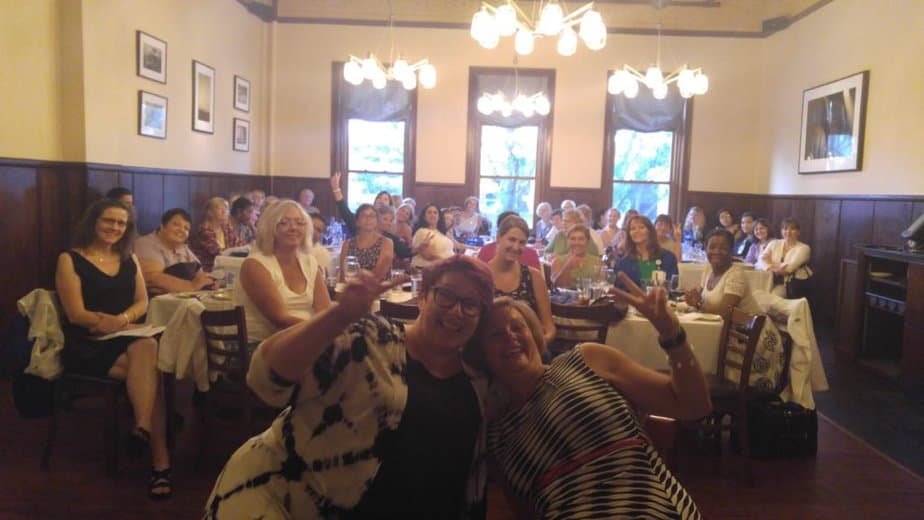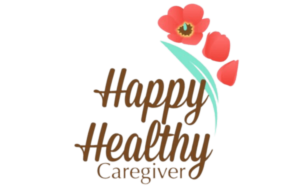Expert Interview – Tami Neumann & Cathy Braxton
Meet Tami Neumann & Cathy Braxton, two ladies who are disrupting the aging industry and the way Caregivers communicate with those we care for who have dementia and Alzheimer’s. Tami & Cathy are on a mission to replace the overwhelming and frustrating communication techniques with something simple,fun, and easy to remember. Their improv training workshops and resources are equipping family Caregivers with new communication tools to practice with their loved ones that have dementia or Alzheimer’s. In this Expert Interview post, learn how some of their improv techniques can improve your communication with those you love.

Together Cathy & Tami have a combined 40 years of experience in eldercare.
Cathy, a Psych major in college, first started as an activity aid in a dementia unit. She fell in love with the older population and joked with me that her loud projecting voice has always been welcomed and appreciated by the elder community. Cathy is married with three middle and high school age children. Her oldest son has Asperger’s Syndrome.
After studying Music in college, Tami became an Activity Director at an Assisted Living Community. Tami then worked in nursing home administration and became a Certified Dementia Practitioner. Tami has two children. Her son, Brandon, first introduced Tami and Cathy to the fun world of improv. Tami works closely with Brandon to help cope and manage his Type 1 Diabetes and is a long distance Caregiver for her parents.
Neither Tami or Cathy have had had personal Caregiving experience related to a parent or grandparent being diagnosed with dementia or Alzheimer’s. Frankly, I believe this probably has given them both this gift of a fresh perspective that has allowed them to develop this wonderful training for the rest of us.
The Dementia RAW Communication Method
Tami & Cathy developed a communication method called ‘Dementia RAW’ which is centered around the concepts of empathy and improv. Here’s how they keep things RAW:
- R stands for ‘Real’ – Everyone receives permission to express themselves. Profanity allowed.
- A stands for ‘Authentic’ – All of their training materials are Silver Dawn Training Institute originals.
- W stands for ‘Wholehearted’ – Empathy is the foundation of all their communication training and often the ‘missing piece’.
Click Play icon to hear why this program is so important for Caregivers:
They often teach their methods to city employees including police, fire, and medics because these professionals need quick and easy tools when they find themselves in public situations with people with dementia and Alzheimer’s.
While the Dementia RAW tools are specifically designed for individuals with dementia and Alzheimer’s, the techniques can truly can be used with ANYONE. Both of these ladies regularly practice these methods with their family members.
Let’s dive a little deeper into some of these improv rules.
The ‘Yes…And’ Improv Rule
Tami says that ‘Yes…And’ is a standard vital improv rule that everyone learns at their first improv class because it paves the way to connect with each other and builds a bridge of communication with our loved ones and helps to meet someone where they are physically and emotionally.
Telling someone ‘No’ builds a wall in our communication. Say ‘Yes’ simply means to be in agreement…this can mean you are in agreement emotionally or physically.
The ‘And’ part of this rule means to add something else to the statement.
Tami and Cathy walk me through a real life example where I can use the ‘Yes…And’ improv rule using a typical scenario that happens between me and my mom:
Often, Caregivers skip the ‘yes’ part of identifying with the emotions. Cathy says not feeling heard or validated is an unmet need for our loved ones. Caregivers usually jump straight into the ‘and’ part…the part we want to happen.
You may often hear repetitive statements with your loved one. Tami & Cathy suggest that you reflect on an experience where you have felt this way before. Sharing this experience with our loved ones and then add something to the conversation leads to a more productive conversation.
To use the ‘Yes…And’ technique with confidence, we first need to learn ways to have empathy for our loved one.
Two Methods to Practice Empathy
Tami & Cathy teach four pillars of empathy in their training. In this post we focus on two of their methods: Perspective Taking and Making your Partner Look Good.
- Perspective Taking
Stepping into another person’s shoes is a form of Perspective Taking. Think of an experience that is similar to the experience another person is having. Then, share that experience. Cathy frequently uses this method with her teenage son who has Asperger’s Syndrome.
2. Make Your Partner Look Good
Communication is a team effort and often even a little word can move the conversation in the wrong direction.
Cathy explained just how a just a little switch in our reply to someone can make a huge difference in how the communication progresses:
Just saying ‘thank you’ versus ‘I’m sorry’ can put the conversation in a positive place. Saying ‘thank you’ validates the trusting relationship we have with our loved one.
More About Dementia RAW and Silver Dawn Training Institute
Learn more about the Dementia RAW mention and how to become Certified Dementia Communication Spet by visiting Silver Dawn Consulting.




